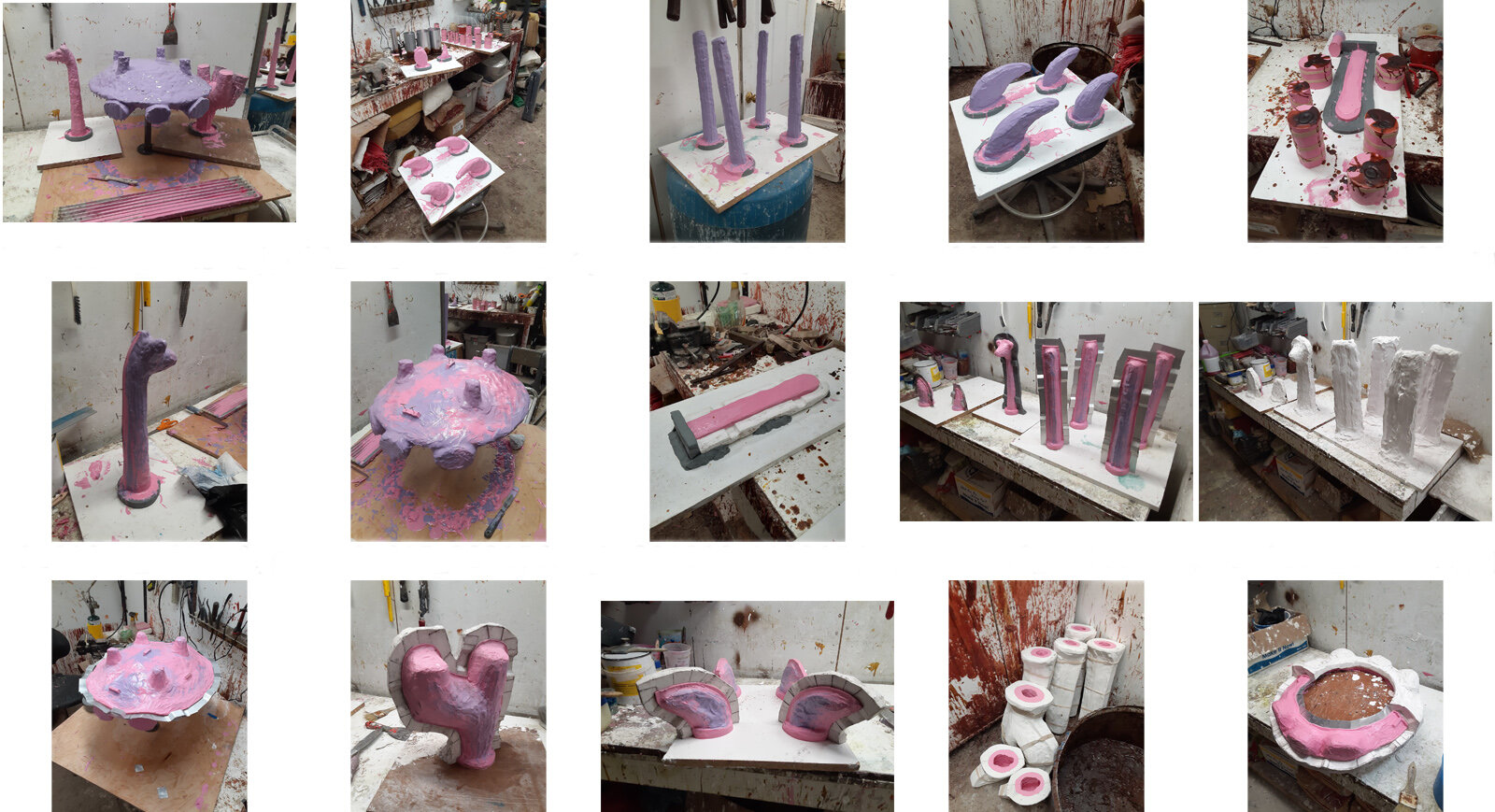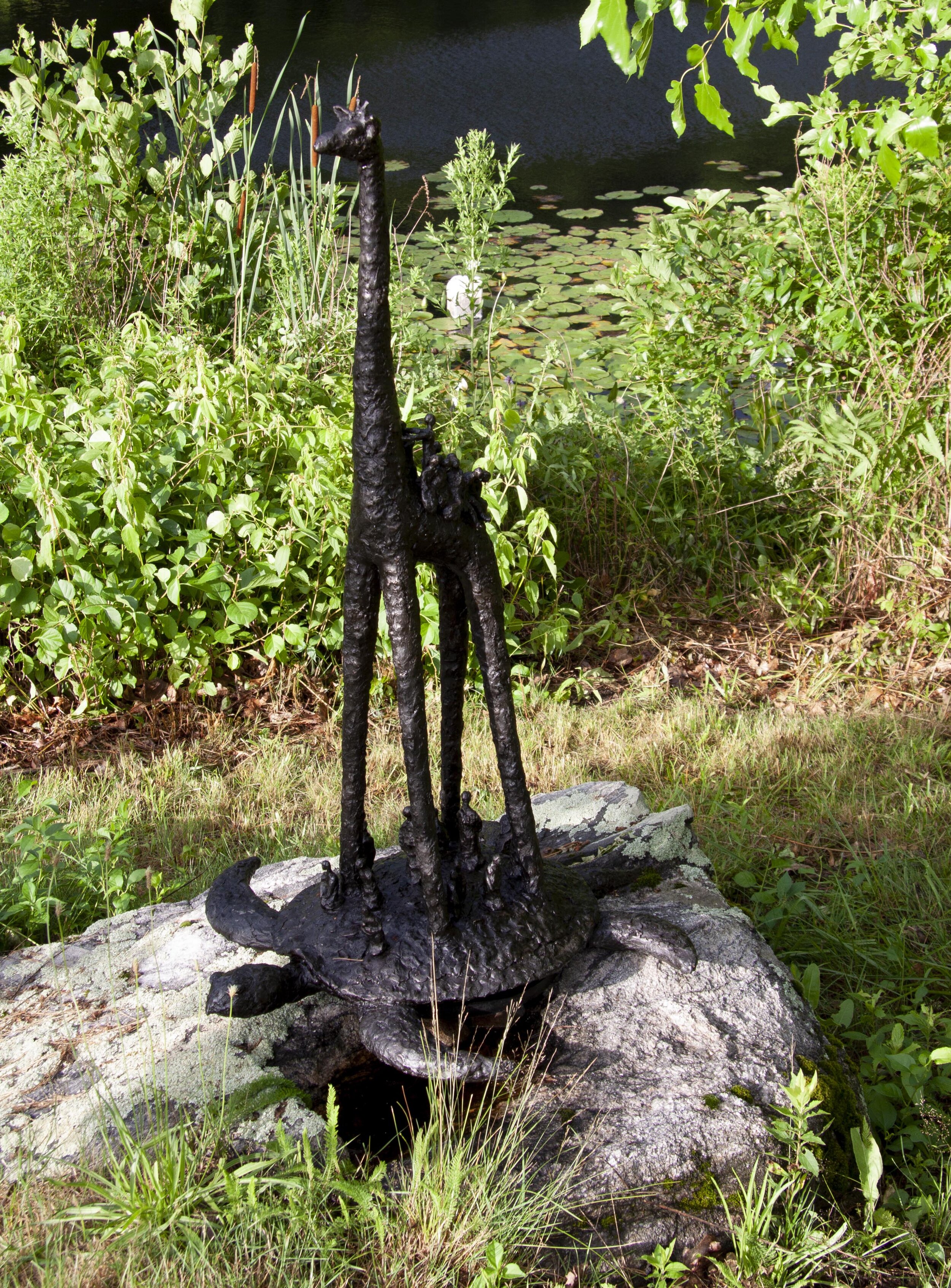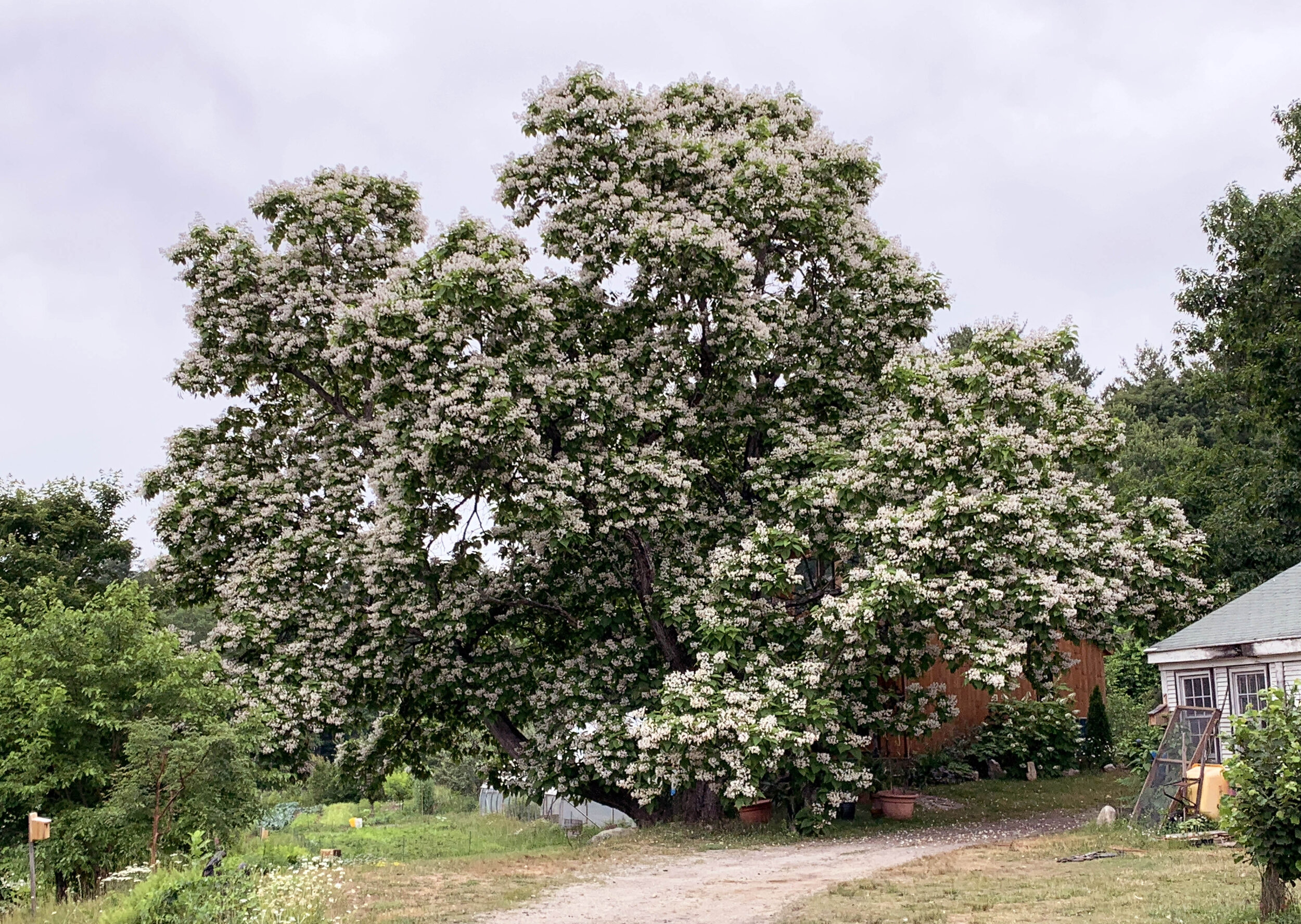I walked out of the house early yesterday morning and saw a blue heron preaching from the roof peak of the little hut at the waterfall next to the dam. I feigned disinterest and sauntered quietly down the hill towards a new garden bed, hoping the heron wouldn’t fly away. It turned its head 180 degrees, but didn’t fly off.
This garden was planted last week, watered well, but not since—and we’ve had no rain. We’ve had no rain all summer, not a full day of soaking down wetness, not since too much rain in early May when we lost half our apple crop from poor pollination. We water the crop plants and the fruit trees and a few gardens pumping water from the pond, but much else is dry, parched, and crunches underfoot.
We’re lost without water, like we’re lost without a road map. Plants genetically receive all kinds of direction. Grow towards the sun, make your leaves larger because you are in the shade and need more photosynthesis, switch to ‘dry’ mode and pull in so that you can survive this drought. I think about where my inner direction comes from, how can I be sure I am hearing it. Sometimes my deepest yearnings feel like quicksand, holding me in inactivity without a guiding star. I was relieved to see the garden was alive, the transplants had survived the hot week.
I walked back up the hill and over to my studio. A few minutes later, I was upstairs at my desk with my morning tea when the heron flew by and landed near the pond. I thought it might be preaching to turtles, water snakes, maybe even the water lilies opening from their tightly closed night to better hear the heron’s wisdom. Herons know water; for they are fishermen and spend long hours watching water.
The heron, however, surely didn’t know it was standing halfway between the summer solstice and the fall equinox, on the pagan holiday, Lughnasad. This holiday is celebrated on the first of August and marks the beginning of the wheat harvest and the sun’s slow descent towards winter. For us at the farm, early August is when we harvest the first tree fruits, peaches, plums, and early season apples. It’s also the last time to get seeds into the ground for late fall crops. In the midst of a global pandemic, while areas of the world suffer extreme drought and other places experience massive and destructive floods, the heron stands at the boundary of earth and water with equipoise, catching its food, a guardian of the old ways.
As we shift to this new season, maybe it’s a time for us to reassess our ways. Make some choices of what we are carrying into the next phase. Spring flowers are a distant memory, while yarrow is in bloom, Queen Anne’s lace is at its peak, and goldenrod is opening to yellow. The night insects have begun their incantations. What to take with us and what to let go?
What do you want to put energy into? Energy flows where intention goes. What’s driving you? What brings you joy? We can’t do it all, not in one season. But we can be part of it all.
At the farm we now have fewer bluebirds, the orioles have migrated, and only one pair of barn swallows are still sitting on eggs. But the heron remains—majestic, otherworldly, its squawks coming from deep in the earth, a wisdom that calls out, “Take heed. What are you doing with this one precious life?”


















